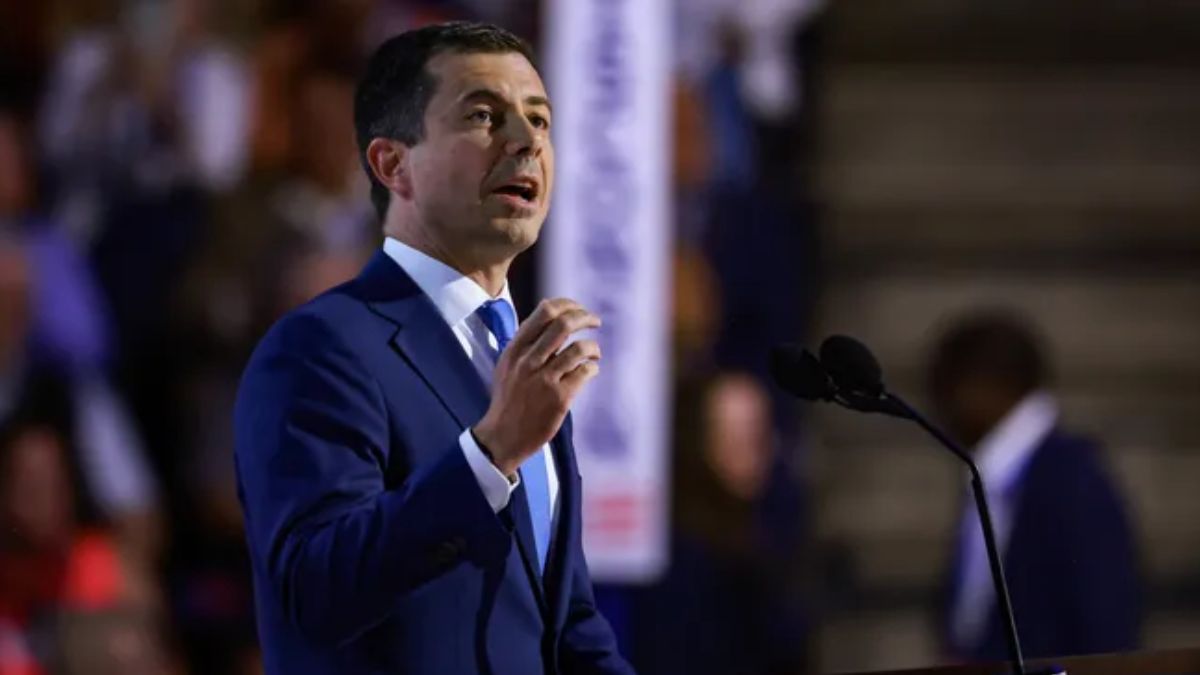 Image credits - USA TODAY
Image credits - USA TODAY
Advertisement
Transportation Secretary Pete Buttigieg is touting the billions of dollars invested in enhancing accessibility across the nation’s transportation infrastructure, aiming to improve travel for individuals with disabilities while asserting that these upgrades benefit all passengers.
Over recent years, the Department of Transportation (DOT) has committed substantial funding to accessibility projects, including $5 billion for airport enhancements and $1 billion for rail transit improvements. Buttigieg, in an exclusive interview with USA TODAY, stressed that these initiatives are pivotal to the department’s mission, though he acknowledges there is still significant work required to achieve full accessibility.
As the Paralympics approach in Paris, the DOT has released a video showcasing some of the recent advancements funded by these investments. The video highlights personal accounts from Sen. Tammy Duckworth and former Paralympic basketball player Matt Scott, who both describe frequent damage to their wheelchairs by airlines. According to DOT data, airlines mishandled approximately 1-1.5% of mobility devices in 2023, leading to 11,527 damage reports.In response, the DOT proposed a new rule in February to impose stricter penalties on airlines for damaging wheelchairs. “Every wheelchair user I know who has traveled by air has some kind of horror story,” Buttigieg said. “This rule aims to hold airlines accountable and improve practices and procedures.”
Beyond aviation, Buttigieg highlighted challenges in rail transit, where much of the infrastructure predates the Americans with Disabilities Act (ADA) and lacks required retrofitting. He pointed out that transit agencies often struggle with funding to address these issues.The DOT’s video also features Duckworth discussing her inability to use Chicago’s L system due to accessibility barriers. Buttigieg emphasized the department’s efforts to set new standards for accessibility, including more stringent penalties for non-compliance and better training for transportation personnel.
The proposed rule aims to make airlines financially accountable for mishandling mobility devices, with the potential to improve training programs through increased financial stakes. The DOT is currently reviewing public feedback on this rule and plans to finalize it soon.
Buttigieg remains optimistic about the progress, though he notes that the success of these projects will depend on effective implementation. Looking ahead, he hopes that the focus on accessibility will remain central as discussions begin for the next infrastructure law set to follow the current one expiring in 2026.
“As we move into the construction phase, it’s crucial that accessibility continues to be a priority in future infrastructure planning,” Buttigieg concluded. “The goal is to ensure that accessibility becomes a standard part of our transportation system, not just a series of isolated projects.”
